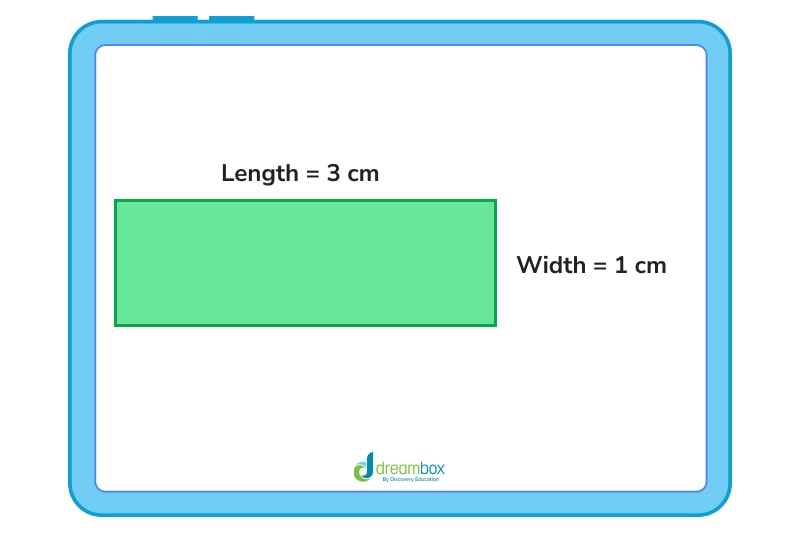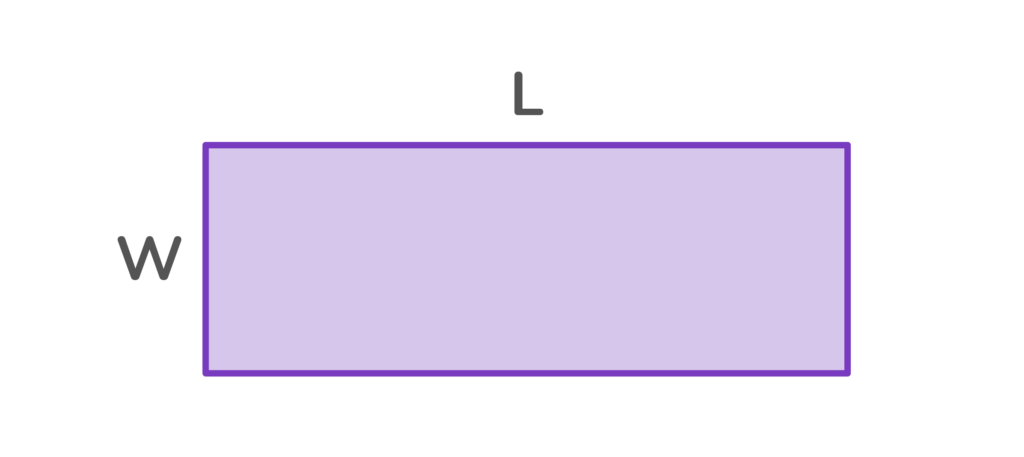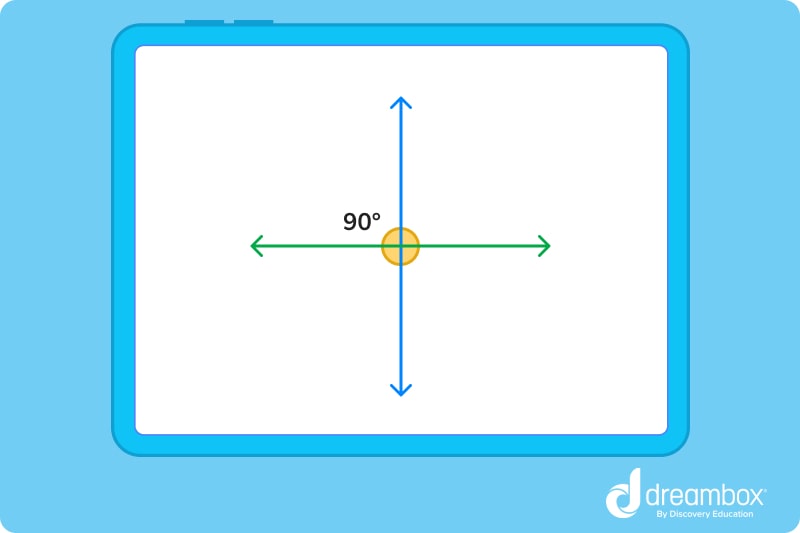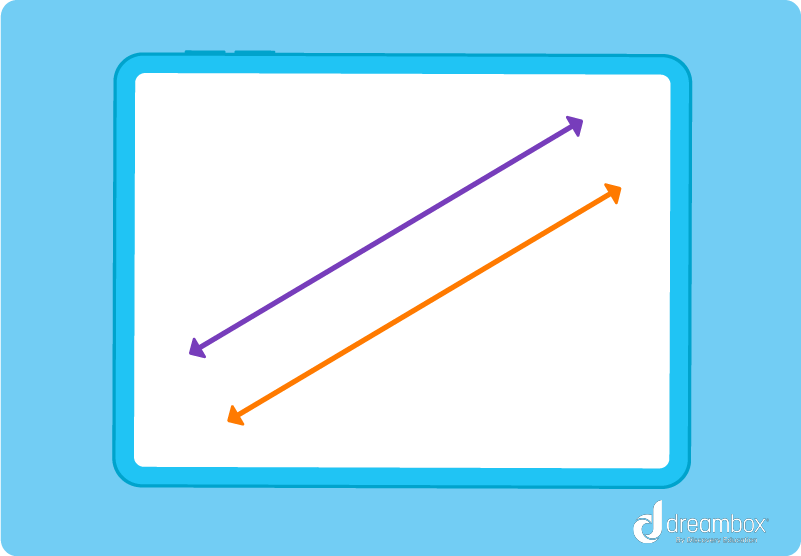Geometry Guide
Dive into articles that turn math struggles into successes with engaging content crafted to boost kids’ math skills.
Because the world is full of objects, the world is also full of geometry! Elementary geometry teaches us how to how to identify different shapes, lines, and angles. It teaches us how to use different formulas to calculate the area, perimeter, and volume of shapes and objects, and most importantly how to apply those geometry math concepts to real-world math problems and scenarios.
Browse Most Popular Articles:
When you think of the outline of a shape or the boundary that encloses its space, you’re thinking of the perimeter. It’s the total distance around the edges of a geometric figure. This concept is crucial in math for helping us measure and compare different shapes.
The concept of area in math is more than just numbers and shapes; it’s about real-life applications.
So, what does “perpendicular” mean? In this article, we’ll answer that question and learn all about perpendicular lines, including how to draw them.
Parallel lines are an important concept in geometry that also have many real-world applications. They are lines that never intersect, no matter how far they are extended in either direction.
Browse All Geometry Skills:
Begin by choosing a Geometry topic. You will discover a variety of Geometry practice problems and learn some of the best tips and tricks from some of the very best teachers and tutors.
Parallel lines are an important concept in geometry that we see everywhere we look in everyday life. Learn the definition of parallel lines and how we use them in math.
In mathematics, perpendicular lines are two straight lines that meet or intersect at 90°. This intersection is also called a right angle.
Area is how we measure the space inside of a shape. Finding the area helps us understand the size of a bedroom or football field.
When you think of the outline of a shape or the boundary that encloses its space, you’re thinking of the perimeter. It’s the total distance around the edges of a geometric figure.
Whether you’re measuring the ingredients to bake a cake, adding potting soil to a gardening bed, or simply filling your water bottle before a hike, knowing how to measure volume is an essential part of our daily lives.
Learning how to measure angles is one of the most important skills you’ll learn to prepare you for geometry and higher-level math classes. It’s simple to do once you’ve got the right tools and know-how.
Understanding vertices helps you bring shapes to life — giving you a better grasp of geometry, graph applications, and spatial awareness.
The area of a triangle is how much surface space the triangle takes up – Don’t confuse it with the perimeter, which is the measure of the triangle’s exterior sides of these sides’ lengths.
All About Geometry
When your child is learning Geometry, they will have some questions. Here are the answers to some of the most common questions asked about Geometry.
What is Geometry?
Elementary geometry is the study of measurements and spatial awareness. It teaches students how to classify shapes, how much space objects take up in the way of volume, area, and perimeter, and how to classify objects based on their lines, angles, and number of sides.
What are the 3 Types of Geometry?
There are three basic types of Geometry: Euclidean, Elliptical, and Hyperbolic. There are other types of Geometry, but because the other forms are considered a combination of these three, they are not usually included in the list of types of Geometry.
When will you use Geometry in Everyday Life?
Geometry is a math skill used almost every day in our lives. Whenever we fill a glass of milk, or a jug of water, or a pool for summer, we calculate how much liquid volume that object can hold. That is us using geometry.
We also find the area of objects when trying to calculate how much paint will be needed to cover the area of a wall and when we calculate the perimeter when we want to put a fence around our gardens.
In other words, anytime we calculate a measurement of an object, or classify it based on it’s shape, we are applying the basic concepts of Geometry.
When do students begin to learn geometry?
Students begin learning geometry in kindergarten, when they are first introduced to shapes and their names. Children are taught to identify shapes based on their characteristics.
As your child advances to fourth grade, they will learn how to draw lines and angles and how to identify shapes by the number of sides.
In fifth-grade math, students will learn how to find measurements including area, perimeter, and volume and will need to apply these skills to real world problems.
How Can I Supplement My Child’s Learning of Multiplication?
The best way to supplement your child’s learning of Geometry and it’s features is through math practice. There are many resources online that provide geometry math worksheets, games, and quizzes. The more your child is exposed to a variety of geometry practice problems, the more they will be comfortable solving real-world math problems at home and in school.
Check out the best math app for students in grades K-5 to see the many resources we have for students to practice math skills including the Geometry skills in this hub. It also includes a hub for parents to be able to track your child’s progress as they become skilled math learners.
FAQs About Geometry
The Geometry Definition is simple: Geometry is the branch in math that applies spatial awareness to real world math problems. These problems include finding the area of objects, calculating the perimeter of different shapes, and identifying lines, vertices, and angles.
You learn Geometry in each grade beginning in kindergarten. Although the concepts develop and become more complex, it is still categorized as geometry when you are learning about shapes, measurements, lines, and angles.
As your child advances to different grade levels, their understanding of Geometry math concepts is broadened. Fifth-grade math has the highest level of geometry math concepts of the grades in elementary. If your child stays on track, these more challenging concepts can easily be learned and practiced.
The three types of Geometry are the Euclidean, Elliptical, and Hyperbolic. Although later forms of Geometry have been added, they are all based on the combination of these three basic types. What is more important than knowing the names of Geometry, is knowing how to apply its concepts. Through much practice, your child can and will succeed.
Grades
If you’ve ever wondered how to help your child with math homework or what they should know by the end of fifth grade, these elementary math resources are for you.
Choose a grade level below to browse math skills and objectives by grade.
It’s time to build on what we’ve learnt so far and develop mathematical fluency.
Level up number knowledge with the introduction of multiplication, division and fractions.
Classifying, analysing and problem-solving: we’re applying all our skills here!
Understanding is extended even further across number, measurement and geometry.
Meet ratio, rational numbers and equations – this is where we explore statistical thinking.
Children learn more advanced topics like pre-algebra and investigate complex statistics and probability.
Introduce problems involving shape, scale drawings, population samples and more.
Take at home math practice to the next level
Empowering parents and educators to make math practice more impactful. Plus, your kids will love it.






